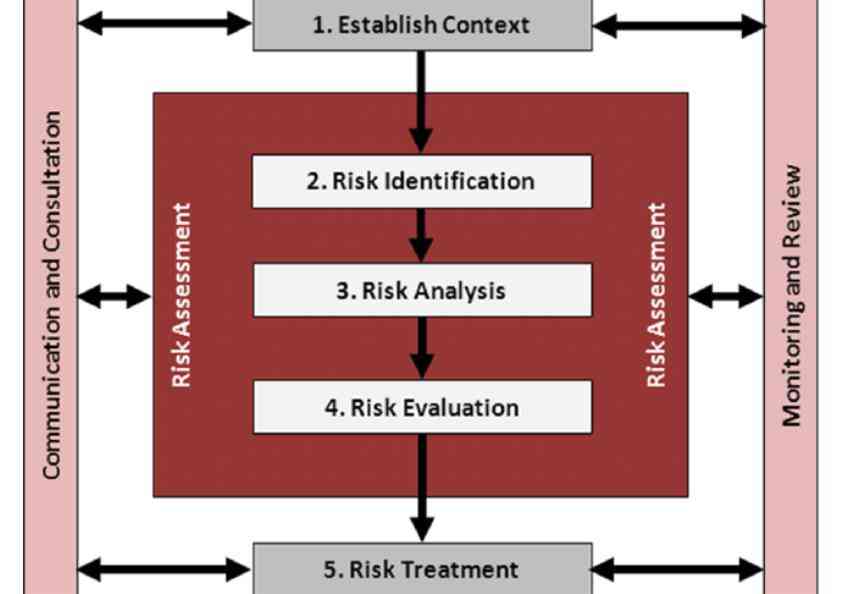|
IEC 61158-5-21
Edition 2.0 2019-04
INTERNATIONAL
STANDARD
Industrial communication networks – Fieldbus specifications –
Part 5-21: Application layer service definition – Type 21 elements
your local IEC member National Committee for further information.
IEC Central Office Tel.: +41 22 919 02 11
3, rue de
CH-1211 Geneva 20
Switzerland
About the IEC
The International Electrotechnical Commission (IEC) is the leading global organization that prepares and publishes
International Standards for all electrical, electronic and related technologies.
About IEC publications
The technical content of IEC publications is kept under constant review by the IEC. Please make sure that you have the
latest edition, a corrigendum or an amendment might have been published.
IEC publications search - webstore.iec.ch/advsearchform Electropedia - www.electropedia.org
The advanced search enables to find IEC publications by a The world's leading online dictionary on electrotechnology,
variety of criteria (reference number, text, technical containing more than 22 000 terminological entries in English
committee,…). It also gives information on projects, replaced and French, with equivalent terms in 16 additional languages.
and withdrawn publications. Also known as the International Electrotechnical Vocabulary
(IEV) online.
IEC Just Published - webstore.iec.ch/justpublished
Stay up to date on all new IEC publications. Just Published IEC Glossary - std.iec.ch/glossary
details all new publications released. Available online and 67 000 electrotechnical terminology entries in English and
once a month by email. French extracted from the Terms and Definitions clause of
IEC publications issued since 2002. Some entries have been
IEC Customer Service Centre - webstore.iec.ch/csc collected from earlier publications of IEC TC 37, 77, 86 and
If you wish to give us your feedback on this publication or CISPR.
need further assistance, please contact the Customer Service
.
IEC 61158-5-21
Edition 2.0 2019-04
INTERNATIONAL
STANDARD
Industrial communication networks – Fieldbus specifications –
Part 5-21: Application layer service definition – Type 21 elements
INTERNATIONAL
ELECTROTECHNICAL
COMMISSION
ICS 25.040.40; 35.100.70; 35.110 ISBN 978-2-8322-6752-3
– 2 – IEC 61158-5-21:2019 © IEC 2019
CONTENTS
FOREWORD . 5
INTRODUCTION . 7
1 Scope . 8
1.1 Overview . 8
1.2 Specifications . 9
1.3 Conformance . 9
2 Normative references . 9
3 Terms, definitions, symbols, abbreviations, and conventions . 10
3.1 Terms and definitions from other ISO/IEC standards . 10
3.1.1 ISO/IEC 7498-1 terms. 10
3.1.2 ISO/IEC 8822 terms . 10
3.1.3 ISO/IEC 8824-1 terms. 10
3.1.4 ISO/IEC 9545 terms . 11
3.2 Fieldbus data link layer terms . 11
3.3 Fieldbus application layer specific definitions . 11
3.4 Abbreviations and symbols . 17
3.5 Conventions . 17
3.5.1 Overview . 17
3.5.2 General conventions . 18
3.5.3 Conventions for class definitions . 18
3.5.4 Conventions for service definitions . 19
4 Concepts . 20
4.1 Common concepts . 20
4.1.1 Overview . 20
4.1.2 Architectural relationships . 21
4.1.3 Fieldbus application layer structure . 23
4.1.4 Fieldbus application layer naming and addressing . 34
4.1.5 Architecture summary . 35
4.1.6 FAL service procedures . 36
4.1.7 Common FAL attributes . 37
4.1.8 Common FAL service parameters . 37
4.1.9 APDU size . 38
4.2 Type specific concepts . 38
4.2.1 Node, AP, and object dictionary . 40
4.2.2 APO ASEs . 41
5 Data type ASE . 41
5.1 General . 41
5.1.1 Overview . 41
5.1.2 Basic type overview . 42
5.1.3 Fixed-length type overview . 42
5.1.4 Constructed type overview . 43
5.1.5 Specification of user-defined data types . 43
5.1.6 Transfer of user data . 43
5.2 Formal definition of data type objects . 44
5.2.1 Data type class . 44
5.3 FAL defined data types . 45
5.3.1 Fixed-length types . 45
5.3.2 String types . 48
5.4 Data type ASE service specification . 49
6 Communication model specification . 49
6.1 ASEs . 49
6.1.1 Application process ASE . 49
6.1.2 Service data object ASE . 55
6.1.3 Process data object ASE . 65
6.1.4 Application relationship ASE . 68
6.2 ARs . 75
6.2.1 Point-to-point user-triggered confirmed client/server AREP (PTC-AR) . 75
6.2.2 Multipoint network-scheduled unconfirmed publisher-subscriber AREP
(MSU-AR) . 76
6.2.3 Multipoint user-triggered unconfirmed publisher-subscriber AREP
(MTU-AR) . 78
6.3 Summary of FAL classes . 79
6.4 Permitted FAL services by AREP role . 79
Bibliography . 80
Figure 1 – Relationship to the OSI Basic Reference Model . 21
Figure 2 – Architectural positioning of the fieldbus application layer . 22
Figure 3 – Client/server interactions . 24
Figure 4 – Pull model interactions . 25
Figure 5 – Push model interactions . 26
Figure 6 – APOs services conveyed by the FAL . 28
Figure 7 – Application entity structure . 30
Figure 8 – FAL management of objects . 31
Figure 9 – ASE service conveyance . 32
Figure 10 – Defined and established AREPs . 34
Figure 11 – FAL architectural components . 36
Figure 12 – Interaction between FAL and DLL . 39
Figure 13 – Publisher-subscriber communication model . 39
Figure 14 – Client-server communication model . 40
Figure 15 – Object model . 40
Figure 16 – ASEs of a Type 21 application . 41
Figure 17 – Data type class hierarchy example . 42
Figure 18 – The AR ASE conveys APDUs between APs . 68
Table 1 – Types of timeliness . 27
Table 2 – Overall structure of the OD . 40
Table 3 – Identify service . 52
Table 4 – Status service . 54
Table 5 – Access rights for object . 56
Table 6 – Read service . 57
Table 7 – Write service . 59
– 4 – IEC 61158-5-21:2019 © IEC 2019
Table 8 – Write and Read service . 61
Table 9 – Write and Read Multiple service . 63
Table 10 – TB-transfer . 67
Table 11 – COS-transfer . 67
Table 12 – Conveyance of service primitives by AREP role . 69
Table 13 – Valid combinations of AREP roles involved in
...














